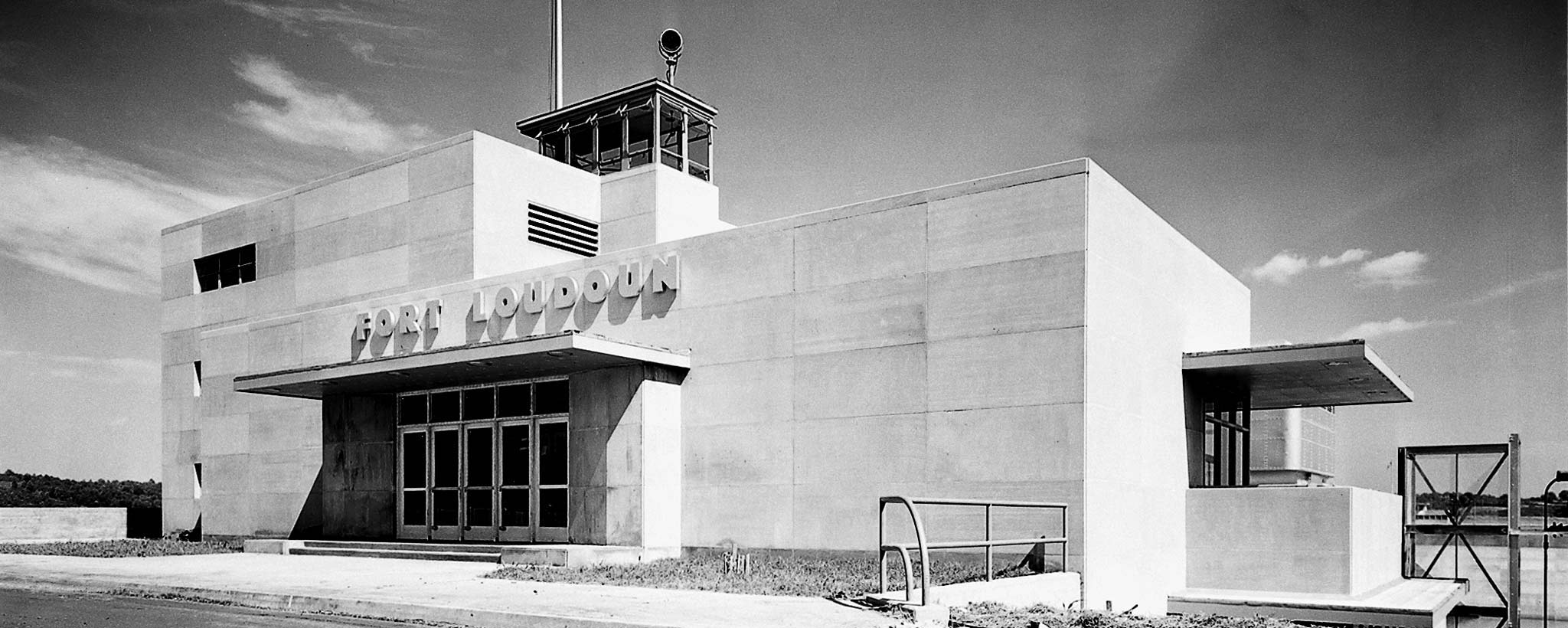
The Name Game
What’s in a name? When it comes to TVA dams, nothing less than a pocket history of the Tennessee River and the people who settled the Tennessee Valley region.
Some names, of course, are pretty obvious. Kentucky Dam is called that because it’s in Kentucky. Norris Dam is named for George Norris, the Nebraska senator who, with the exception of FDR himself, was probably the single most influential politician behind the founding of TVA.
But other TVA dams have gotten their names from a British earl, a Confederate general and even a 19th-century English novel. And where one name came from is anybody’s guess.
Fort Loudoun Dam
At first glance, there’s no apparent mystery about Fort Loudoun Dam. When you hear about a historic fort in the Tennessee Valley, you can bet that it had something to do with the Civil War. There wasn’t much fighting in the region during the Revolution; the Tennessee River was over the mountains, too remote for British or American generals to care about.
But in fact, Fort Loudoun goes back even farther than the Revolutionary War, to the colonial-era conflict known as the French and Indian War. Part of a worldwide struggle fought on several continents, the war in America pitted the British and their American colonists against the French and the Indian tribes allied with them.
When it was established in 1756 in what is now east Tennessee, Fort Loudoun was the westernmost British fort in America. It’s not surprising that it was soon forced to surrender and many of its garrison were massacred.
It was named for John Campbell, the fourth earl of Loudoun, a British nobleman who never actually saw it. Like the fort itself, the eponymous dam has considerable strategic value, at least to TVA’s river system. It’s the dam farthest upstream on the Tennessee River, and it plays a crucial role in the prevention of flooding downstream, especially at Chattanooga.
Wheeler Dam
Speaking of strategy, can you name an American general who fought under one flag, then commanded thousands of troops under the flag of his former enemy—without ever being called a traitor?
Joseph “Fightin’ Joe” Wheeler, one of the most unusual characters in American military history, gave his name to Wheeler Dam, which is located near his hometown in north Alabama. A Confederate general during his twenties, he later served in the U.S. Congress and then led American troops in the Spanish-American War of 1898.
No Confederate commander was more fully reconstructed, and some claim that Wheeler single-handedly inspired the South to start celebrating the Fourth of July again, after a hiatus lasting decades in many parts of the former Confederacy.
He’d probably be proud to have his name on a TVA dam; in Congress, his greatest concern was improving navigation on the Tennessee River.
Fontana Dam
Fontana Dam also figures in the Valley’s military history. Built to help power the war effort in World War II, it has a Latin name that means “fountain.” Romantic-minded visitors looking at Fontana’s handsome spillway might find the name especially apt.
Long before the dam, a lumber-company town nearby was called Fontana; that much is known. But where it got its name is not.
At least four different stories explain the name’s origin. According to one, it was the inspiration of a lumber executive’s wife; she was impressed with the waterfalls of the area, which reminded her of fountains. Another story holds that the town was named for Felice Fontana, an Italian naturalist who visited the area in the late 1700s.
Still another explanation holds that Fontana is an ancient Indian word meaning “at the foot of the mountain.” The weirdest theory has to do with the fact that Fontana rhymes with Montana and that the name may have been chosen soon after major mineral deposits were discovered in the western state. Fontana, according to this idea, got its name from local boosters who wanted to remind would-be prospectors of Montana.
Nickajack and Pickwick Landing Dams
Nickajack Dam in southeast Tennessee is named for an Indian village that was once home base to the Chickamaugan confederation that harassed white intruders in the late 1700s. Since the words are similar, it might seem logical to assume that Pickwick, a dam downriver from Nickajack, also has an Indian name. If you did make that assumption, though, you’d be pretty far off course.
Pickwick Landing Dam gets its name from the nearby town of Pickwick, Tenn., which an antebellum postmaster named for his favorite novel. Perhaps the most popular fictional work of the 1830s, the novel was “The Pickwick Papers,” a comedy by a young English writer named Charles Dickens.
In the book, London gentleman Samuel Pickwick founds an intellectual salon called the Pickwick Club. The story describes what happens when the members of the club chase around the English countryside to learn how people outside their circle actually live.
It may seem fortunate that the Tennessee postmaster didn’t pick one of the other characters in the novel to name his post office after: Count Smorktork, for example, or Nathaniel Winkle or the evil Alfred Jingle.
But we can only be grateful that TVA’s dams retain these colorful names with their strong local flavor—each one a miniature history of what was important to the people of the region.
